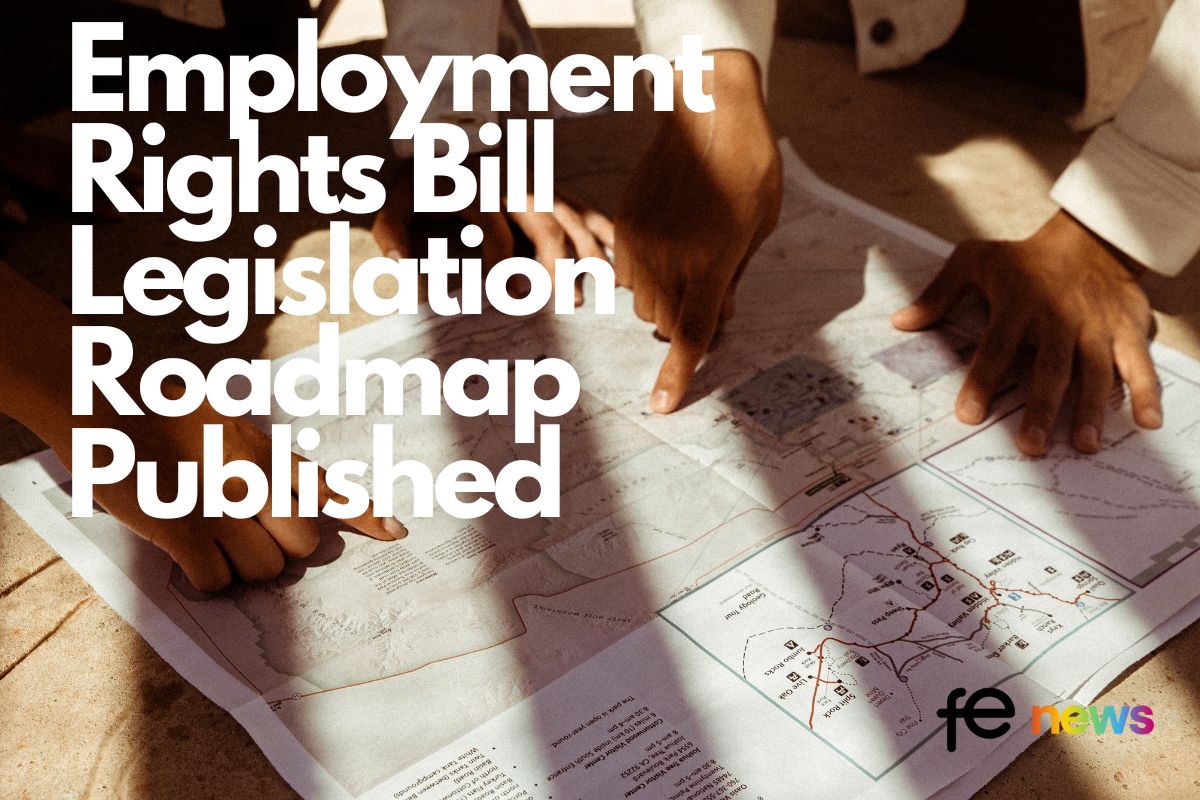How to make an interim senior appointment work for you

There is a view that the success of an interim lies in deciding from the outset exactly what you want to achieve and what gap you are seeking to fill. But this in itself isn’t a definitive answer to the ‘how to’ question because beneath this lies behavioural and attitudinal barriers that can have an impact on the success of an interim appointment.
Appointing a senior interim should not be a transactional affair, in other words, it’s not a process driven thing or ticky box exercise. The appointment should be considered strategic by nature, aligned to the vision of the college, fulfilling a need that may not necessarily be an employment gap. To better understand this we need to go back 20 years.
Going back to the late 90’s a new model for delivering HR services was proposed (Ulrich) which was to revolutionise the way HR functioned. Essentially it made the old language of ‘Personnel Management’ redundant, so much so that the ‘new vision’ and the dedicated following that it attracted, was enough to make a reborn HR person twitch at the very mention of the previous incarnation of the function.
Talent management was to be a critical component of the ‘new way’; the model promised to change the competitiveness of firms and keep organisations modern and relevant to their publics. This thinking turned many HR functions into shared service centres or centres of excellence. And largely it has worked. Investment in the new HR operating model has made HR more professional and efficient as a business partner to the organisation that it serves, except in the area of talent management.
Recent research (Orion Partners) into satisfaction levels associated with recruitment, performance, learning, succession and reward within the HR function suggests that this pillar of the model has not lived up to the promise of the HR new age with nearly a third of surveyed respondents saying that this was an ‘an area of major missed opportunity’.
As recruiters we’re all too aware that since HR’s transformation sought to streamline processes, bringing different areas of expertise all together under its wing, and strategically aligning itself to the organisation as a service and partner, the recruitment function has worked to introduce new ways of employing resource and labour. Today no one employment size fits all. Employers needs are more complex, variable and agile and they do not fit with the process oriented nature of the shared services department or outsourced HR model, so a rift has occurred.
While there have been tangible benefits in the quality and efficiency of HR operations over a decade plus, managing the recruitment of talent has been in a bubble of its own, looking at the outside world and its requirements, and forming its new models. And one of these is the growing propensity for senior interim appointments.
Is the interim to be doing a probationary role who may become permanent, or standing in for someone else; is that person to be managing the status quo or are you using the role as a developmental opportunity. Is the interim specifically there as a change agent. Deciding from the outset exactly what you want to achieve and what gap you are seeking to fill isn’t necessarily that straightforward.
There are some clear benefits to the college in assessing the strategic opportunity. A senior interim can be the ‘fall guy’; can provide breathing space, assess what’s needed, provide solutions to issues, can be independent in view with clear thinking. Why settle for less.
As famously quoted, there are known knowns; there are things we know we know. We also know there are known unknowns; we know there are some things we do not know. But there are also unknown unknowns – the ones we don’t know we don’t know and it is the latter category that tend to be the difficult ones.
We think the ‘how to’ is therefore best answered looking at the role as an opportunity aligned to the vision of the college and not as a transactional gap. Thinking of the performance opportunity in all its guises, not as a single employment solution. Painting over the cracks will not deal with them, so while you are going through the pain of decorating best to get the cracks sorted once and for all.
If your college is going through great change and the implementation is going to be tricky and painful then you can take the opportunity to deal with the many issues and obstacles through your senior interim appointment to get the best from it and that is a strategic decision, not a transactional fix.
Frazer Thouard, Divisional Director, Client and Corporate Services, Morgan Hunt











Responses